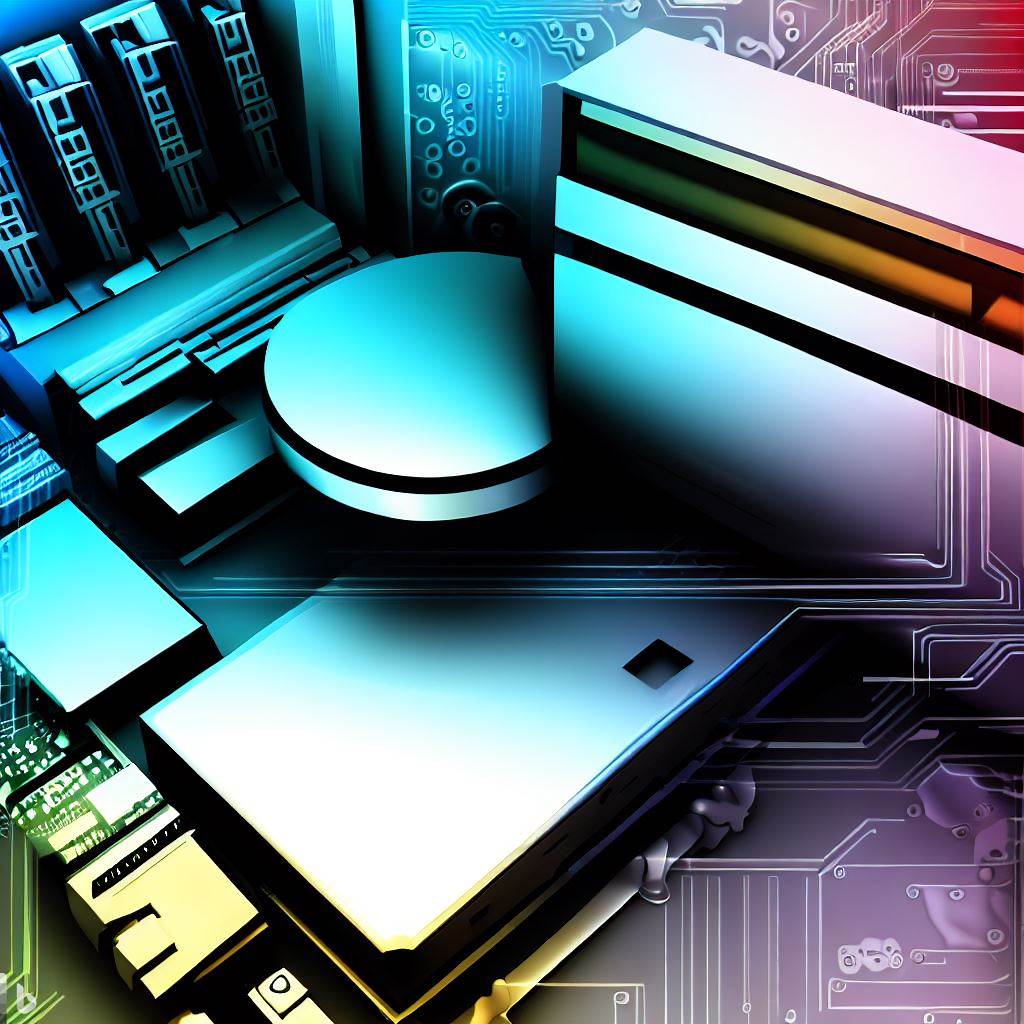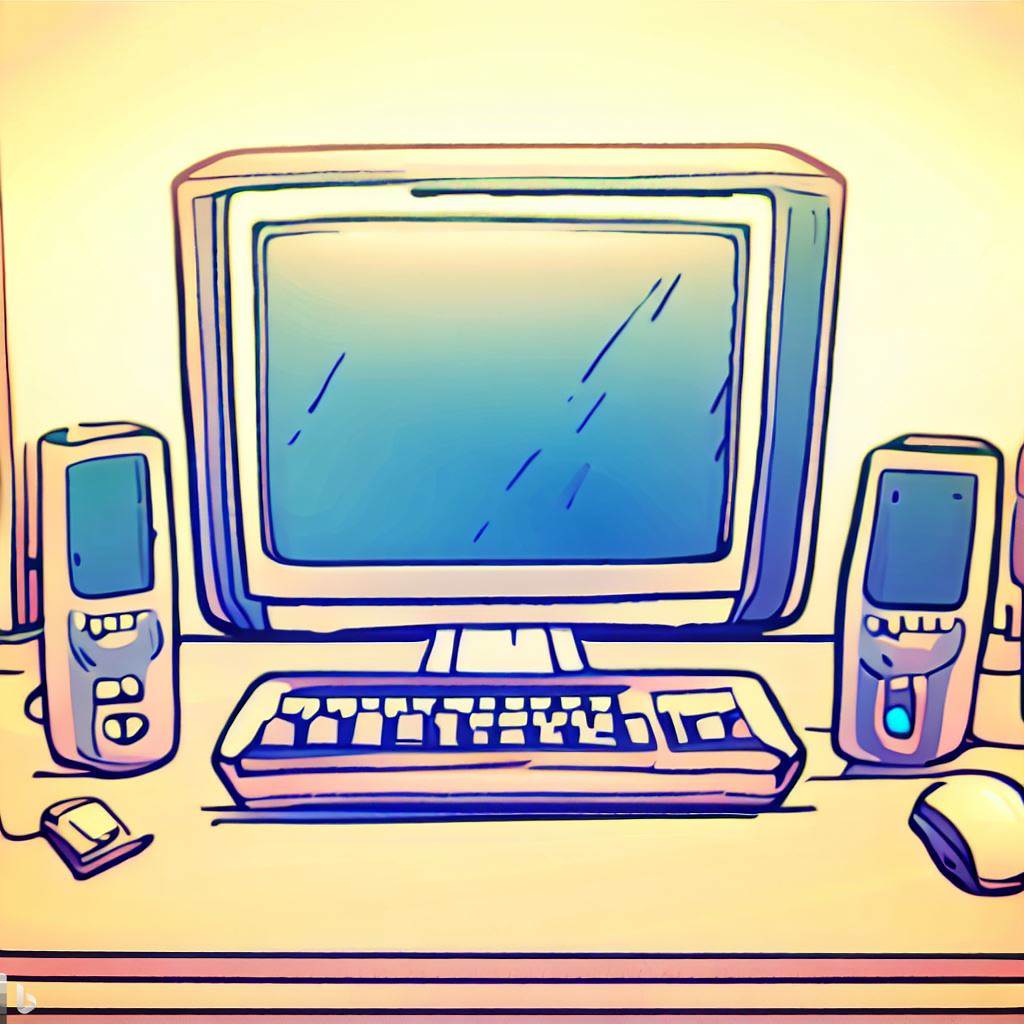C: Common
O: Operating
M: Machine
P: Particular
U: Used for
T: Technical and
E: Education
R: Research
In short, we can say that a computer is an electronic device which is used as a common operating machine which is particularly used for technical and educational research.
What is a Computer?
A computer is an electronic device that can perform various tasks by executing a sequence of instructions. It consists of hardware and software components that work together to process data and produce output.
Computers can be classified into different categories based on their size, capabilities, and usage, such as personal computers, laptops, servers, and supercomputers.
Hardware: Meet the Machine
Computer hardware refers to the physical components of a computer system. It includes the following:
Central Processing Unit (CPU): The CPU is the brain of the computer that performs calculations and executes instructions.
Memory (RAM): RAM stores data and instructions that the CPU needs to access quickly.
Storage Devices: These devices, such as hard drives and solid state drives, are used to store data for long-term use.
Input Devices: These devices, such as keyboards and mice, allow users to input data and commands into the computer.
Output Devices: These devices, such as monitors and printers, display or produce the results of computer processing.
Did you all know about Computer Cabinet because this question comes in my class test.

Von Neumann architecture
The Von Neumann architecture is a fundamental concept in computer science that describes the organization of a computer system. It consists of the following components:
- Memory Unit: Stores both data and instructions.
- Central Processing Unit (CPU): Executes instructions and performs calculations.
- Control Unit: Manages the execution of instructions.
- Arithmetic Logic Unit (ALU): Performs arithmetic and logical operations.
- Input/Output (I/O) Devices: Facilitate communication with the external world.
The Von Neumann architecture is the basis for most modern computer systems.
The Big Picture
Hardware: The bodily additives of the pc, consisting of the CPU, memory, storage devices, input devices, and output devices.
Software: The applications and instructions that inform the hardware what to do.
Operating System: The software program that manages the PC’s sources and provides an interface for users to interact with the laptop.
Applications: Specific software programs that perform duties for users, such as word processing, web surfing, or gaming.
Components of Computer System and Its Functions
A laptop device consists of diverse additives, every one with its function. Here are some vital additives and their features:
Processor (CPU): The CPU is responsible for executing commands and acting calculations. It is the most important thing about a pc gadget.
Memory (RAM): RAM stores data and instructions that the CPU needs to access quickly. It provides temporary storage for running programs and data.
Input Devices: These devices allow users to input data and commands into the computer. Examples include keyboards, mice, and touchscreens.
Output Devices: These devices display or produce the results of computer processing. Examples include monitors, printers, and speakers.
Storage Devices: These devices are used to store data for long-term use. Examples include hard drives, solid-state drives, and optical drives.
Motherboard: The motherboard is the main circuit board of the computer system. It connects and allows communication between all the components.
Power Supply: The power supply provides electrical power to the computer system.
Graphics Processing Unit (GPU): The GPU is responsible for rendering graphics and images. It is especially important for gaming and graphic-intensive applications.
Network Interface Card (NIC): The NIC allows the computer to connect to a network, enabling communication and internet access.
Basic Components of Computers Systems
Computer systems consist of several basic components that work together to perform tasks. These components include:
Central Processing Unit (CPU): The CPU is the brain of the computer that performs calculations and executes instructions.
Memory (RAM): RAM stores data and instructions for quick access by the CPU.
Storage Devices: These devices, such as hard drives and solid state drives, are used to store data for long-term use.
Input Devices: These devices, such as keyboards and mice, allow users to input data and commands into the computer.
Output Devices: These devices, such as monitors and printers, display or produce the results of computer processing.
Motherboard: The motherboard is the main circuit board that connects and allows communication between all the components.
Power Supply: The power supply provides electrical power to the computer system.
Processor and memory: Data manipulation the processor (CPU) and memory (RAM) are crucial components for data manipulation in a computer system. The CPU performs calculations and executes instructions, while RAM stores data and instructions for quick access by the CPU.
The CPU consists of 3 Main Components
Control Unit: Manages the execution of instructions.
Arithmetic Logic Unit (ALU): Performs arithmetic and logical operations.
Registers: Temporary storage locations used by the CPU for quick access to data and instructions.
RAM, on the other hand, provides temporary storage for running programs and data. It allows the CPU to quickly read and write data during processing.
Input: What goes in?
Input devices allow users to input data and commands into the computer system. example – Keyboard, mouse, Scanner etc.
Output: What comes out?
Output devices are used to display or produce the results of computer processing. They allow users to see or hear the output of their actions or the information processed by the computer. Examples of output devices include:
Monitors: Displays visual output, such as text, images, and videos.
Printers: Produce hard copies of documents, images, or other digital content.
Speakers: Plays audio output, such as music, sound effects, or voice recordings.
Headphones: Provides audio output for personal listening.
Storage Units
Computer system storage refers to devices that store data for long-term use. There are two basic types of storage: primary storage and secondary storage.
Primary storage: Also called main memory or RAM, primary storage is used to store data and instructions that the CPU needs to access quickly. However, it is volatile, which means its contents disappear when the computer shuts down.
Secondary storage: Secondary storage devices, such as hard drives and solid state drives, provide non-volatile storage for long-term data storage. A lot of data can be saved even when the computer is turned off.

Personal computers
A personal computer (PC) is a type of computer designed for personal use. It is commonly used for web browsing, word processing, gaming, and multimedia processing.
PCs are available in a variety of formats including desktop computers, laptops and tablets. Hardware components can be customized to the user’s needs and preferences.
Departmental computer systems
Accounting Systems: Used for financial record-keeping, budgeting, and reporting.
Human Resource Systems: Manage employee information, payroll, and benefits.
Inventory Management Systems: Track and manage inventory levels and supply chain operations.
Customer Relationship Management (CRM) Systems: Store and manage customer data, interactions, and sales information.
Leave a Reply